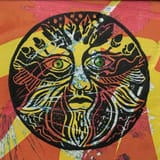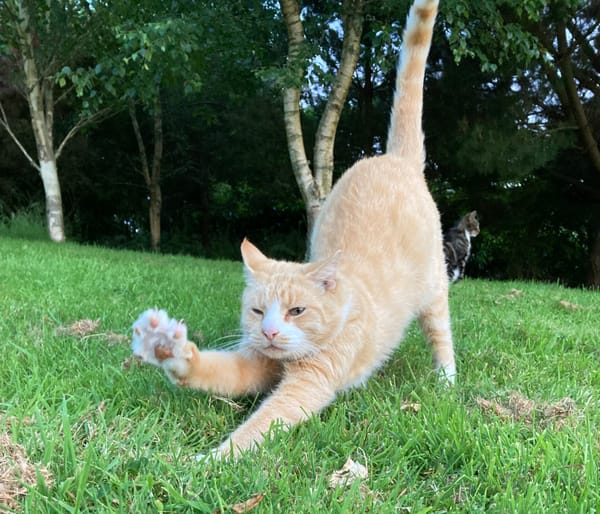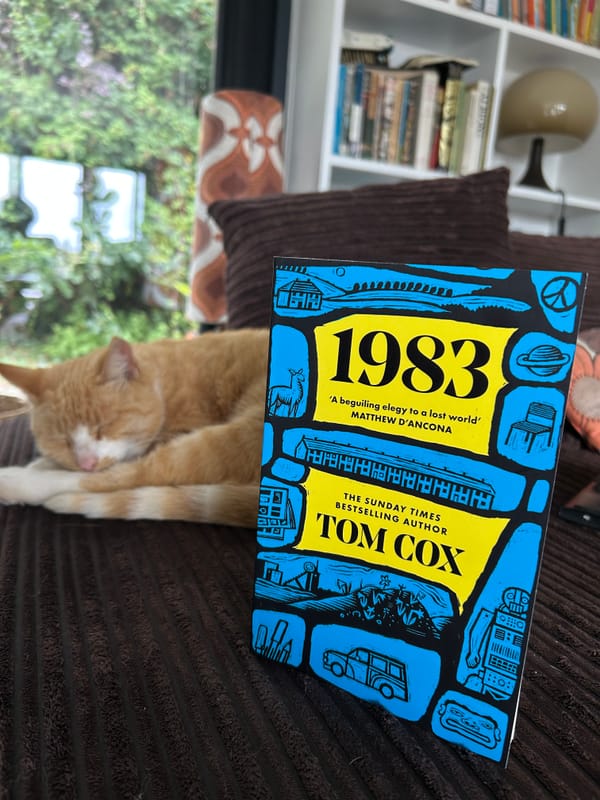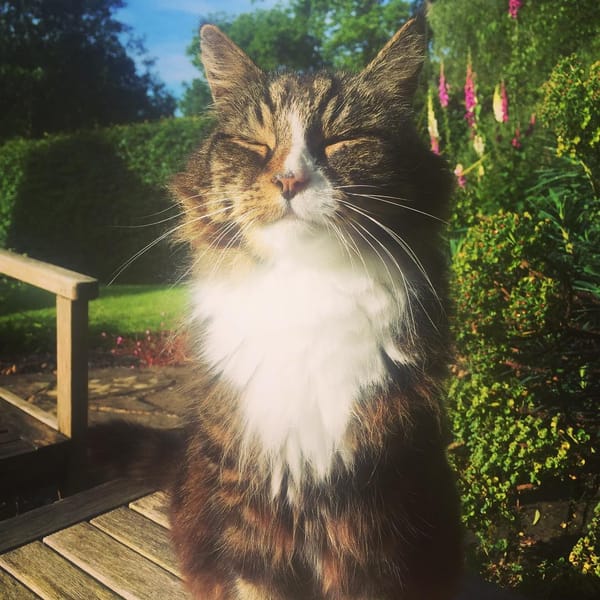Diary Notes, November, 2022: The Pleasure Garden
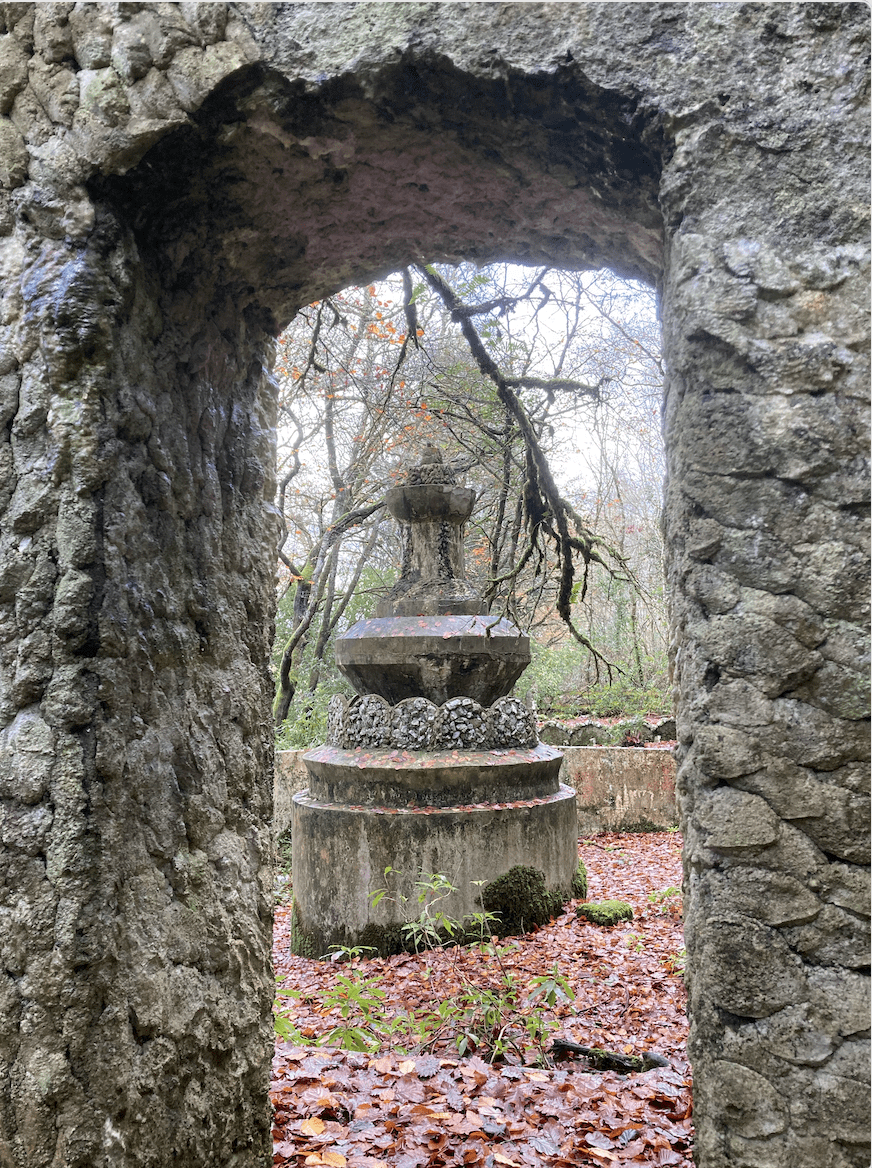
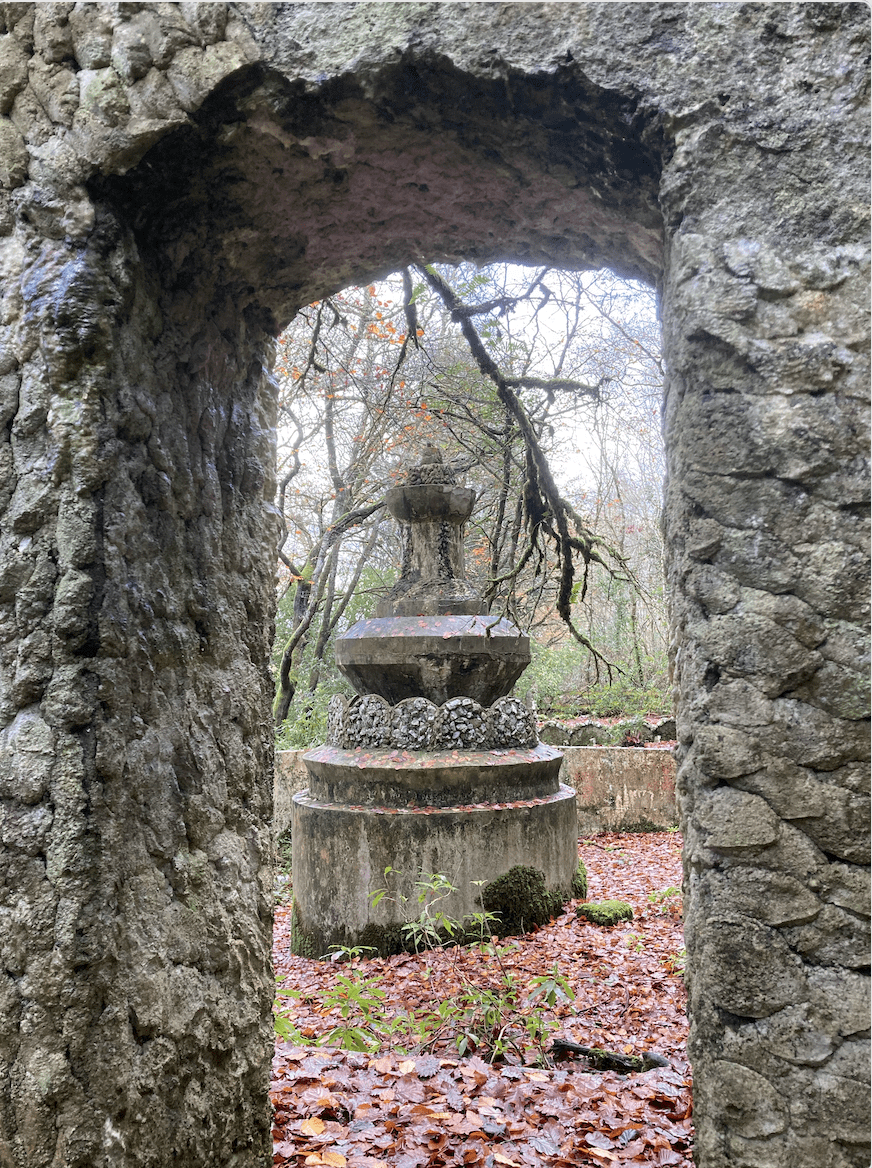
It is surprisingly easy to hypnotise yourself into a pre-World War II fantasy around here, especially at this tourism-unfriendly time of year. Most of the lanes behind our village don’t technically go anywhere, fading out to wild clematis and mud at lonely farms and dark cottages with windows obscured by ivy and front doors in a state that makes you about 50/50 regarding whether any living being still resides behind them. This is not the Cornwall you see in the air b&b ads. Several Victorian dolls stare at me, their faces pressed against the upper window of a gatehouse. They’ve been arranged to look outwards, like prisoners begging for help before their remorseless captor returns. I walk along the river, past a house built a century or so ago, with no road or track leading to it, all the materials required to construct it having been transported by boat. A few hills away is the much grander building where, in the 1930s, Daphne du Maurier began to write her novels of quiet creeks, slipped time and vast, bedevilled homes. I branch off from the main river onto the banks of another, which becomes a thin channel as I move inland. From above, not long ago, I watched open-mouthed as skeins of Canada Geese followed the precise curve of it, against a sky like freshly applied blusher. A telephone engineer told me the Red Arrow planes used to do the same thing, describing it in an elegiac way which hinted that he viewed the discontinuation of the practice as a major part of society’s decline, but I will more than happily take the geese as their replacements. In the mud below me as I walk is a large rectangular can with ‘GENERAL PURPOSE RESIN’ written on it, the only litter the receding tide has revealed. Even it – the shade of yellow, the typography – looks kind of midcentury. Further on are the rewilded remains of a pleasure garden built in the 1920s by a renowned local clay magnate: bandstand, granite arches, swimming pool, fountains, heavy atmosphere. Boat people held decadent parties here and races on a 200 metre running track now submerged beneath foliage. King Edward stopped by in the midst of a Cornish break during which he also “besported himself with young ladies”. I am aware, as I walk through what is left of the pleasure garden, that if I were a character in a 1970s BBC Play For Today, I would be no doubt be spinning in circles, as ghostly laughter, maybe mixed in with the crying of a distressed spectral child, rang out all around me. A few weeks ago, at dusk, on a path directly above this place, further into the torso of the forest, I saw a woman disguised as a sapling, scuttling into the undergrowth: an incident I have still not got to the bottom of, despite making enquiries at the post office. The sun is doing that thing it does at this time on a winter afternoon when it looks like a dazzling portal that’s opened up deep in that part of the woodland you can’t quite reach. I’m getting that feeling again: that one of profound envy for people who properly live around here. It’s almost fully dark when I get home and I switch on a couple of the lamps that people see defining the walls of the valley when they travel along the river road between 4pm and midnight. I am looking forward to spring: perhaps more so than I’ve looked forward to any spring in the past. But I seem to say that every year, then forget that I have.
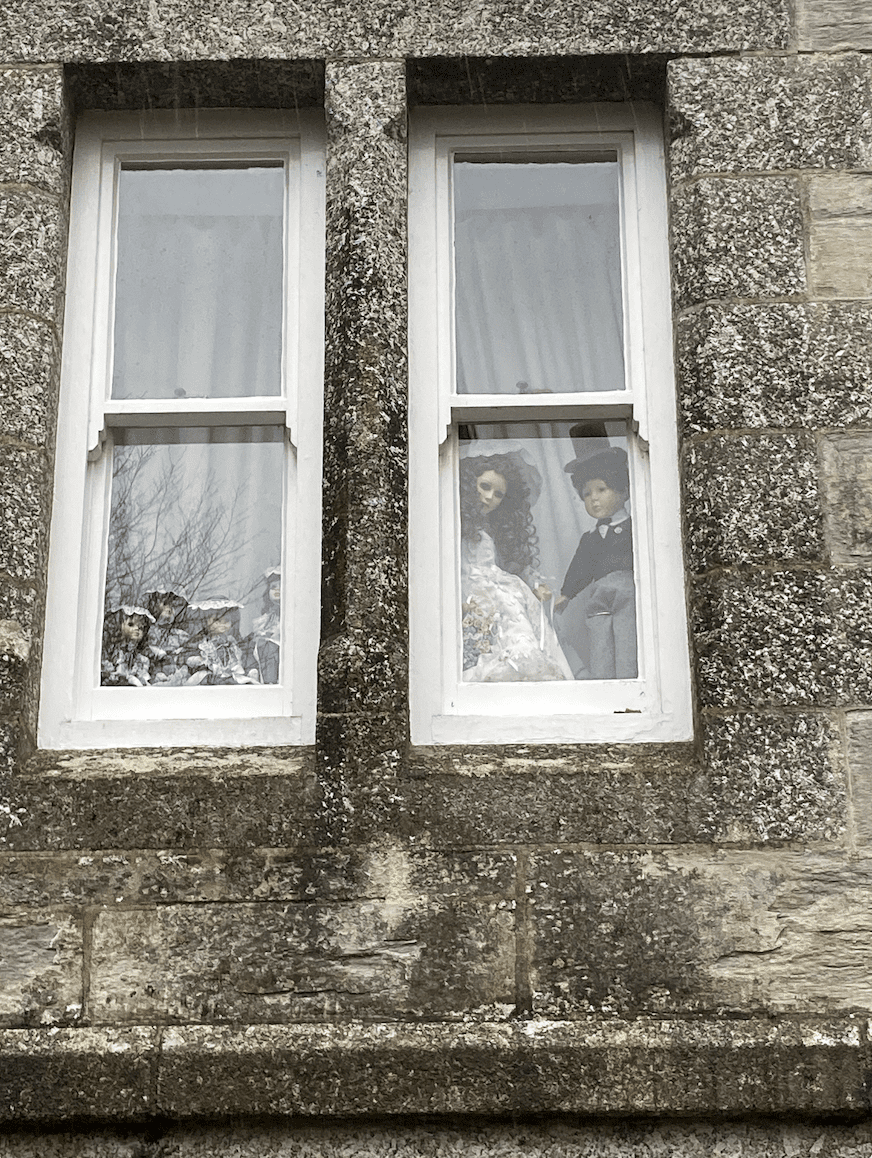
This is my latest book.
This is my next book, which has now been written.
